

GUTTER EDUCATION

When it comes to long-term maintenance and repairs, homeowners have a LOT on their plate. We think that homeowners should have all the best information and top recommendations right in one place. In effect, the idea for Gutter EDU was born!
This space will grow and change with our company so check back here and on our social media pages every so often to keep on top of all your gutter maintenance needs.
We are here to support you for the long haul, whether you’d like to set up reoccurring cleanings, or if you suddenly find your roof without a gutter, contact us, and we’ll do our best to help.
COMMON PROBLEMS
Green: Less severe, service soon.
Yellow: More severe, service very soon.
Red: Most severe, service immediately. These issues indicate signifigant damage to your home.



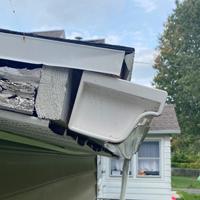




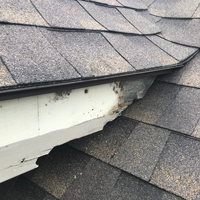
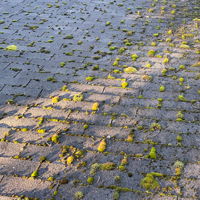
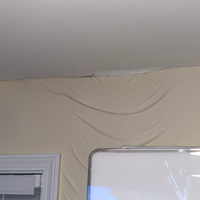



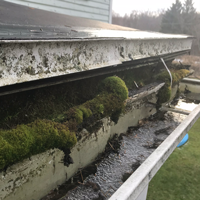


FAQ
How often should I get my gutters cleaned?
If you live nowhere near trees, then you won’t ever need to get your gutters cleaned! No leaves means you don’t need a gutter cleaning. If you have a ton of trees towering over your home, then your gutters should be cleaned at least twice in the spring and twice in the fall. Most people with an average amount of tree debris get two cleanings a year.
Do you recommend gutter spikes for new gutters?
No, we do not recommend gutter spikes on new gutters or old gutters. Our company standard recommendation is to update every home to the new style hidden gutter hangers. They are far more effective, efficient, and longer lasting. They are superior in every way, especially when it comes to water saturation. Homes with gutter spikes are often not repairable due to the placement of the gutter spikes.
Do gutter guards really work?
Yes, gutter guards can be very effective when installed properly in the appropriate location. However, they do not work in all areas, and unfortunately there is no perfect gutter protection system yet. Whether your home will benefit from gutter guards is dependent on the amount and locations of trees on the property. For those with trees up close to the house, gutter guards are actually less effective, because the tree cover blocks the sun and wind from drying and clearing off the guards.
Is it ok if my downspout empties onto my roof?
No, it is not ok! If water is hitting a section of roof over and over for a period of time it ages that section of roof faster and will cause damage and extensive wear in the long run.
How many downspouts do I need?
The industry standard for downspouts is one for every twenty feet of gutter. Since this is NOT the practice for almost every gutter company including new home installations, Our company standard is one downspout for every twenty-five feet of gutter for both five and six inch gutters.
Should I upgrade to six-inch gutters?
That depends on the size and pitch of the roof. For a very tall roof, roughly 30 feet or more, from gutter to peak, then an upgrade from 5 to 6 inch gutters would be appropriate.
If you’ve had a new roof installed and they put the new roof directly over the old roof (re-roof) then the drip edge overhanging into the gutter is often covering a large portion of the gutter in which case the water could overshoot a 5 inch gutter.
If the pitch of the roof is very steep, typically above a 45 degree pitch the water descends down the roof at a high rate of speed and either overshoots the gutter or can hit it and splash back up underneath, rotting out the facia board or roof sheeting.
Also equally common, when the water from one gutter is draining into another lower gutter this raises the water level drastically. Water can overflow during a moderate or heavy rain. Or it can seep into any screw or nail holes at the back of the gutter which is far more concerning as it weakens the gutter over time.
Do you install any other colors besides white or brown?
Yes indeed we do! There are 15 or so common colors that are made to match the color and contrast of most aluminum trim and vinyl siding. Furthermore, our company offers an option for custom color match. Sometimes homeowners will choose to camouflage their downspouts to make them less noticeable on the side of the home and run along the top of a roof. On occasion, homeowners will opt for one uniform color to completely hide the gutters against the color of the home.
What do I do about ice build up hanging off my gutters?
We always recommend first to contact an insulation company and get a consultation for insulating the attic space and eaves. The main cause of ice build up at the edge of the roof is heat loss. If it is impossible for an insulation company to work their magic, then we can install an ice prevention system in the form of a heat cable. In the spirit of full disclosure this can be quite expensive, due to the installation process the amount of cable needed is four times the length of your gutters, plus the downspouts. It can also increase your energy bill.

